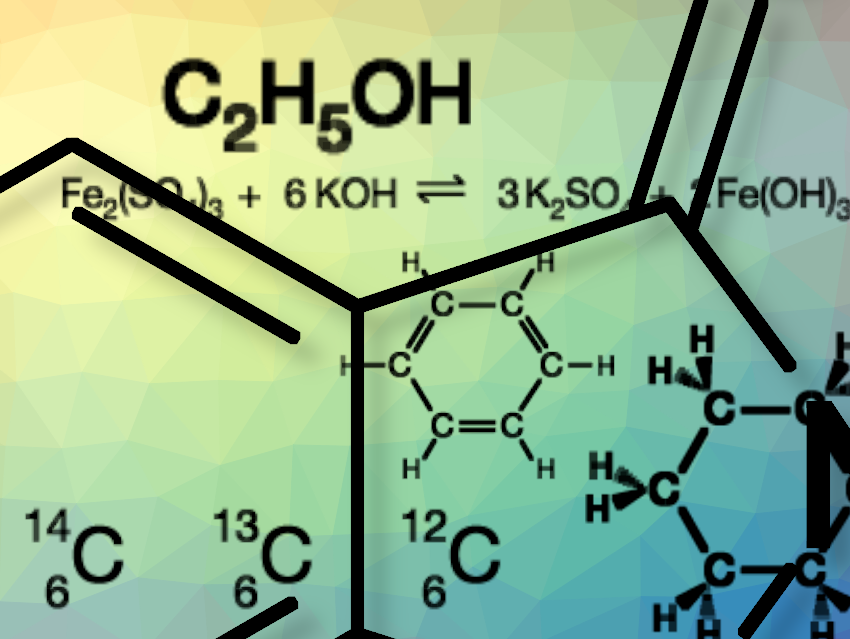Baoxin Zhang, Leibniz-Institut für Katalyse in Rostock, Germany, und Armin Börner, fromerly Universit of Rostock, explore in an essay the realism and timelessness of the chemical formula language and how it compares to other forms of written communication, specifically the Chinese written language. They follow the footsteps of Gottfried Wilhelm Leibniz (1646 – 1716), who investigated whether there are associations between the Chinese written language and scientific ideas, and believed that both sides could benefit from these analogies. Unfortunately, he could not complete his work because his flow of information from China was cut off by the end of the Jesuit mission in China and a change in the Chinese imperial throne.
Both the Chinese written language and the chemical language of formulas are narrative symbolic languages that carry stories within them. The Chinese written language has undergone a development from the real to the abstract over millennia, becoming ever more complex. It developed its own phonetic and aesthetic features, creating a cultural technique that millions of people have used and continue to use for several thousand years. However, due to the individualized formation of characters and concepts, it is not suitable for unlimited communication.
In contrast, the language of chemical symbols developed from the fantastic associations of the alchemists, through trivial names, to the representation of physical realities. Due to its simple modular structure, it is infinitely expandable and universal. The correlation to reality becomes clear even in the most complicated chemical structures.
Chemical formulas have another advantage: qualitative physical properties, such as water solubility, can be read from the formula. At the same time, possibilities for changes in the form of chemical reactions can be predicted. The resulting reaction equations describe all the ingredients and conditions necessary for the success of the chemical reaction. If these conditions are met, the experimental result is always the same. Thus, chemical formulas provide a glimpse into the future.
Unfortunately, the language of chemical formulas has remained a niche language so far. Only a small circle of people knows it. Good chemistry education should teach the language of chemical formulas so that students can master it. This language not only opens up universal and objective access to the world, but also helps people of different nationalities to understand each other, and shows the importance of language.
- Chinesische Schrift- und chemische Formelzeichen – eine Gegenüberstellung,
Baoxin Zhang, Armin Börner
Nachr. Chem. 2023.
https://doi.org/10.1002/nadc.20234129529

![9 Tips for a Successful PhD [Tip 2]](https://www.chemistryviews.org/wp-content/uploads/2025/04/202503_9-Tips-for-a-Successful-PhD_Tip2-125x94.png)


